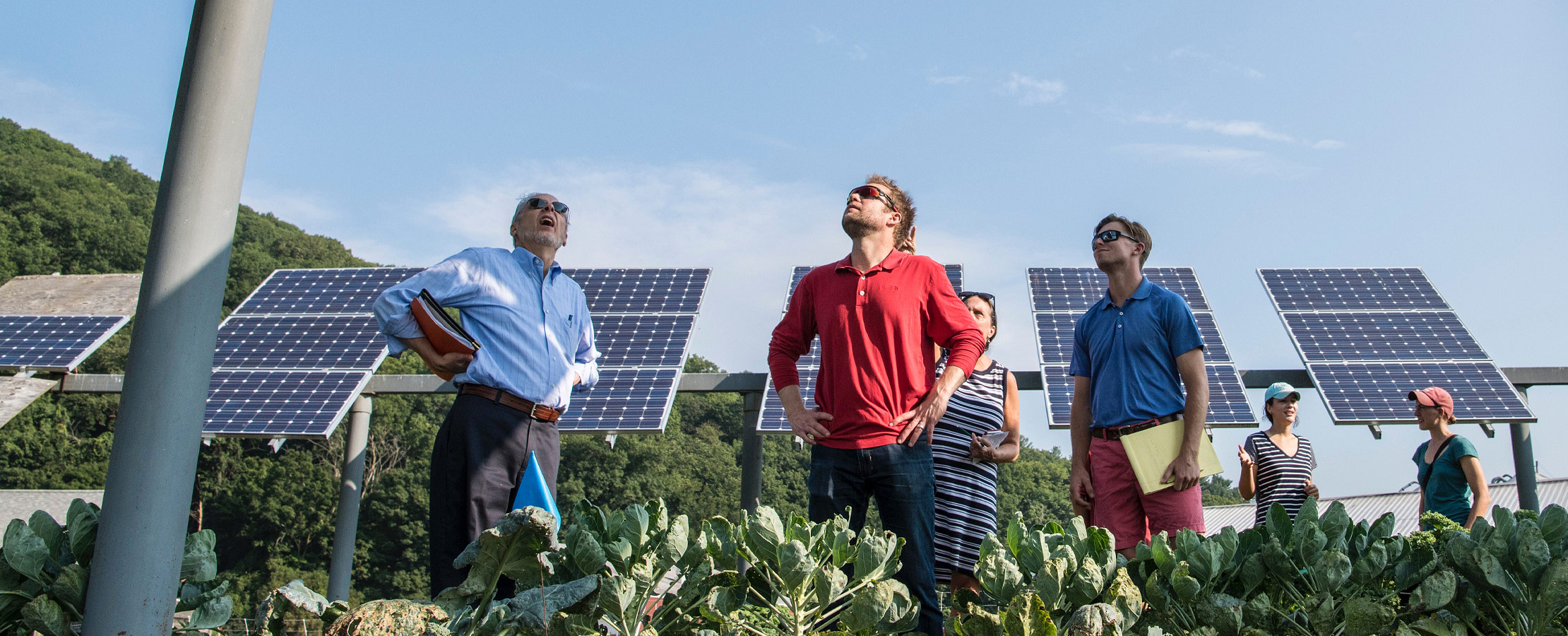What are microgrids and how can they help in the energy transition?
After decades on the fringes of the energy industry, microgrids are finally emerging as an affordable, reliable, and empowering element of the green energy transition.
What are microgrids?
A microgrid is a local energy grid capable of operating while isolated from the wider power grid, either temporarily or permanently. During power outages, a microgrid can 'break off' from the main grid via a switch at the point of common coupling – and run on local energy generation and storage.
Microgrids have been the subject of decades of experimentation, mainly on college campuses, military bases, in hospitals and other facilities. Since 2010, however, the price of photovoltaics, batteries, and other microgrid components have plunged, making them affordable for the first time. Guidehouse (formerly Navigant Research) forecasts that the microgrid market could be worth almost $40bn by 2028, with Latin America as its fastest growing regional market.
Local energy autonomy
Self-sufficient localized grids can offer all the benefits of connection to a larger grid while granting communities energy autonomy, flexibility, and resilience. They can be configured to optimize factors such as minimizing wastage, cost, or emissions and – crucially – they can be relied upon in some contexts in which conventional power networks have shortcomings.
For many remote communities, particularly island communities, connecting to the main grid is not economically or logistically feasible, leading to a reliance on polluting energy sources such as diesel and kerosene. Isolated 'island' microgrids are by design well-suited to serving these communities. In spring 2020, a two-year pilot project was launched on the small French island of Île d'Yeu to connect 23 houses with a smart microgrid, incorporating 64 solar panels, a battery, and hot water heaters to store excess energy. Smart control software monitors supply and demand to inform decisions such as whether to draw energy from the battery or to store excess energy. In the first three months of the trial, 96 per cent of the electricity generated was used, meeting 28 per cent of the needs of the households involved.
Large interconnected systems like intranets and power grids are vulnerable to failure in the face of 21st century threats such as cyberattacks and extreme weather with widespread and sometimes catastrophic consequences. In 2017, Hurricane Maria devastated Puerto Rico's centralized grid, leaving many residents without electricity for more than a year. As part of the disaster response, microgrids with solar panels and batteries were installed at 10 schools; when a series of earthquakes affected main grid power, the new microgrids continued to power essential services throughout.
A route out of energy poverty
Although considerable progress has been made, around 840 million people still live without electricity, cutting huge populations off from wider economic opportunities, particularly in sub-Saharan Africa. A further 2.9 billion people do not have access to clean, non-polluting cooking solutions. According to a report from the World Bank and another from the International Energy Agency, microgrids are the most cost-effective option for connecting most unelectrified populations. Setting up a microgrid for a village or small town can take as little as two months, and there are already hundreds of microgrids in regions marked by energy poverty.
The establishment of localized grids does more than sidestepping the difficulty of funding infrastructure to connect remote communities with main grids; they are also associated with high yields, low costs, and can give community members a stake in their local energy infrastructure. Rural communities in the Global South have seized the opportunities presented by microgrids and are among the world leaders in adoption of smart control systems.
The green energy transition
The phase-out of fossil fuels can call for costly infrastructure overhauls to integrate renewables: an additional challenge for developing nations. Integration of small-scale renewable energy sources, however, has become comparatively inexpensive and straightforward in the context of local grids, thanks to the falling price of microgrid technologies like photovoltaics and energy storage.
Microgrids are part of a wider global trend towards the decentralization of energy, which is transforming how energy is supplied and used. In conventional grids, peak demand frequently calls for burning of carbon-intensive fuels; the unreliability of renewables renders them difficult to integrate; and vast quantities of energy (as much as eight to 15 percent) are lost during long-distance transmission. Decentralized systems in which consumers draw from local energy sources are considerably more energy efficient, and often harness energy storage and smart monitoring technology to minimize energy waste.






